Surface Finishing
Surface treatments such as painting, electroplating, anodizing, powder coating, PTFE coating, passivation, Etc., allow precise metal and plastic parts enhancement per specific application requirements. Key benefits include improved corrosion resistance, wear resistance, heat resistance, electrical conductivity, biocompatibility, lubricity, and aesthetics. Surface engineering unlocks the full potential of materials, optimizing durability, friction, conductivity, branding, and other critical performance factors. With the proper surface treatment, engineers can customize metal and plastic parts to achieve the visual appeal, environmental resistance, accuracy, precision, and longevity needed for products to succeed in competitive markets.
Benefits of Surface Treatments
Surface treatments let engineers enhance specific properties of metal and plastic parts per the application requirements - visual appeal, corrosion protection, wear resistance, electrical behavior, or biocompatibility. This expands the utility of basic materials.
Corrosion resistance: Surface treatments like anodizing, plating, painting, Etc., can help protect metal parts against corrosion and wear, increasing their durability. It is significant for parts exposed to weather or chemicals.
Wear resistance: Surface hardening treatments like carburizing, nitriding, or induction hardening can help reduce wear and abrasion on metal parts like gears or bearings with frequent contact and friction. It improves their working life.
Electrical conductivity: Electroplating treatments allow precise control of electrical conductivity on metal surfaces. It is crucial for electronic parts and contacts.
Lubricity: Coatings like PTFE or molybdenum disulfide can create a slippery surface to reduce friction and enhance lubrication. Useful for sliding or rotating parts.
Aesthetics: Coatings like electroplating, anodizing, powder coating, Etc., allow tinting or coloring of surfaces for improved visual appeal. It allows customization and branding of metal/plastic products.
Improved bonding: Surface etching or application of adhesion promoters can improve the bonding of coatings like paints, adhesives, or plastics to the substrate. Critical for multi-material products.
Biocompatibility: Implantable plastic or metal medical devices require biocompatible coatings like perylene or titanium nitride to prevent rejection by the body.
Common Surface Treatments
PVD (Physical Vapor Deposition)
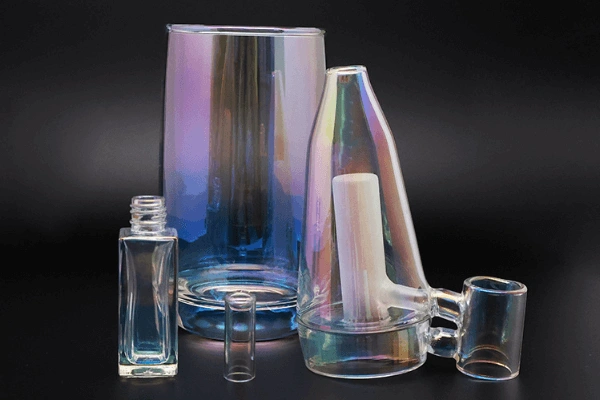
- Improved wear and corrosion resistance: PVD allows the deposition of thin, hard coatings like titanium nitride or chromium nitride that protect underlying metal surfaces from wear, abrasion, and corrosion. It improves the durability of tools, engine parts, surgical implants, Etc.
- Biocompatible coatings: Bio-inert PVD coatings like titanium and chromium allow the implantation of devices in the human body without adverse reactions. It enables joint replacements, stents, surgical tools, Etc.
- Functional coatings: PVD can deposit specialized coatings like anti-reflective or UV-blocking coatings on glass, diffusion barriers on semiconductors, reflective layers on solar cells, hard decorative finishes on consumer goods, Etc.
Powder Coating
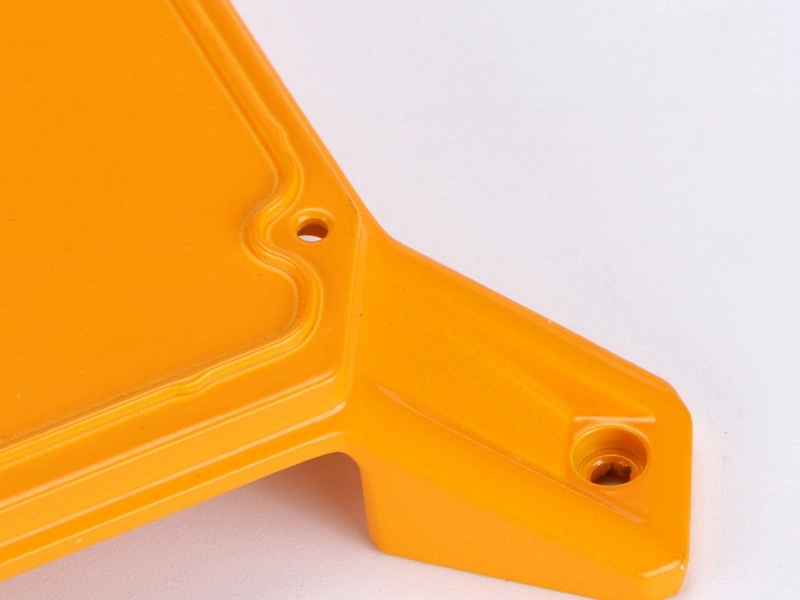
- Durability: Powder-coated surfaces are extremely durable and resistant to scratching, chipping, fading, and wearing. The powder coating forms a tough skin that adheres tightly to the substrate. This makes it ideal for items that get a lot of use and abuse.
- Quality finish: Powder coating results in a high-quality, attractive finish. Unlike liquid paint, the powder does not drip or run during the application, so it can be applied uniformly and consistently in any thickness desired. The finish is smooth and even.
- Environmentally friendly: Powder coating contains no solvents, emits negligible VOCs, and over-sprayed powder can be recycled. This makes it much more environmentally friendly than liquid painting processes. The finish is also resistant to UV degradation over time.
Polishing
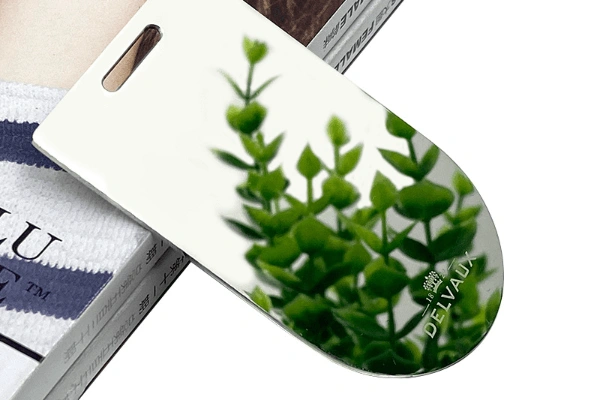
- Improves aesthetics: Polishing gives surfaces attractive, glossy, and mirror-like finishes that appeal visually. This is important for consumer products.
- Removes defects: Polishing eliminates surface defects like pits, nicks, and scratches and reduces roughness. This improves quality.
- Reduces friction: Polishing reduces surface roughness and friction, allowing parts to move/function more efficiently.
- Enhances coating adhesion: Smooth polished surfaces allow coatings like plating to better adhere.
Heat Treatment
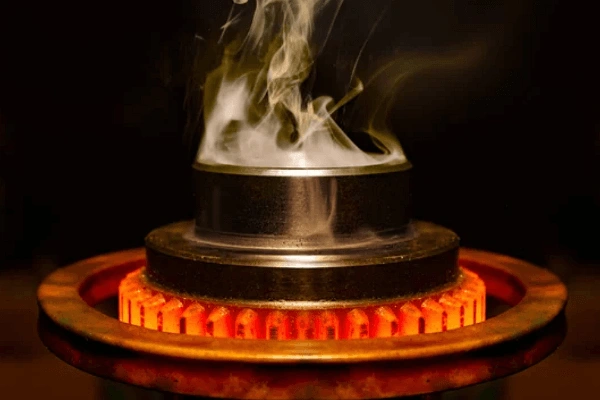
- Increased strength: Heat treatments like hardening and tempering make metals stronger by altering their internal microstructure. This is vital for high-stress applications.
- Enhanced durability: Processes like hardening help prevent metal fatigue and failure, improving the lifespan of components.
- Better formability: Annealing makes metals more malleable, forming them into complex shapes without cracking or fracturing.
- Improved dimensional stability: Relieving internal stresses via heat treatment minimizes warping and dimensional changes in service.
Anodizing
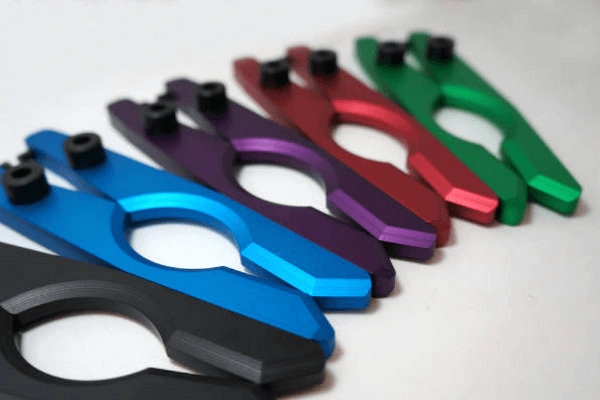
- Corrosion resistance: Anodizing creates a protective oxide layer that prevents corrosion and withstands weathering.
- Improved aesthetics: Anodizing allows dying aluminum different colors for decorative and cosmetic purposes.
- Electrical insulation: The anodized layer acts as an electrical insulator, important for components like electrolytic capacitors.
- Improved Hardness: Anodizing can increase the surface hardness of aluminum by up to 3 times.
In-mold Decoration (IMD)
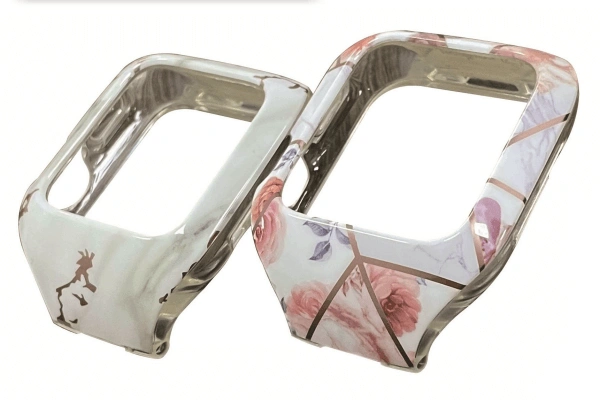
- Streamlined process: Decorating during molding eliminates secondary processing steps like pad printing.
- Cost savings: IMD consolidates multiple manufacturing steps, reducing labor and cycle times.
- Durability: Graphics and patterns are embedded beneath the plastic surface, protecting designs from wear and abrasion.
- Design freedom: Complex geometries, negative drafts, and back molding can be decorated with IMD.
